Algonquin: The source of the word Algonquin is unclear. Some say it came from the Malecite word meaning “they are our relatives,” which would suggest Algonquins were part of a broad group of native peoples. Others say Algonquin means “at the place of spearing fishes and eels from the bow of a canoe”. Another interpretation is “those that are dancing.”
Algonquin Provincial Park is Ontario’s largest park. First established in 1893 to establish a wildlife sanctuary and protect the headwaters of the Park, today the Park is home to over 1000 plant species, 55 mammal species, 32 reptile and amphibian species (none of which are venomous), 140 species of birds and an estimated 7000 species of insects.
The Park encompasses 7630 square kilometres, of which 12% represents approximately 2500 lakes. The Park hosts more than half a million visitors a year who come to enjoy the natural beauty of the area. Located on the southern edge of the Canadian Shield, Algonquin Park mainly consists of Precambrian granites smoothed and gorged by ice sheets over 10,000 years ago. Unparalleled in beauty, the Park is one of the best spots to see Moose, while also being home to White-tailed Deer, Beaver, Black Bears and Wolves. A popular Algonquin program is the Thursday night Wolf Howl, which treats visitors to the sounds of the wovles in Algonquin Park.
Algonquin Park is also popular among artists, and is a prime destination for those painting landscapes. Most famously the Park is known for its depictions in the works of the Group of Seven. Read more in our blog about Tom Thomson.
Algonquin Provincial Park is also home to a small number of Cottage Leaseholders. The first two cottages to be leased were on Canoe Lake in 1905, while the idea of a community group of Leaseholders was more firmly in place by 1930. Today there are approximately 304 cottages on 19 lakes along the HWY 60 corridor. The cottagers in Algonquin are quite keenly aware of their surroundings, and their impact on the environment. They work hard to blend into the surroundings. Few cottages in the Park are serviced by electricity, while most are considered off grid, utilizing propane powered lights, stoves and fridges. Each cottage is unique, we have yet to see two the same. While some of the Algonquin Park land lease cottages have been in the family for over 5 generations, they do come to market and can be purchased. Please contact the Parker Team for a full list of available cottages in Algonquin Park, and view the Algonquin Park Cottagers toolkit for more information on the current land leases.
